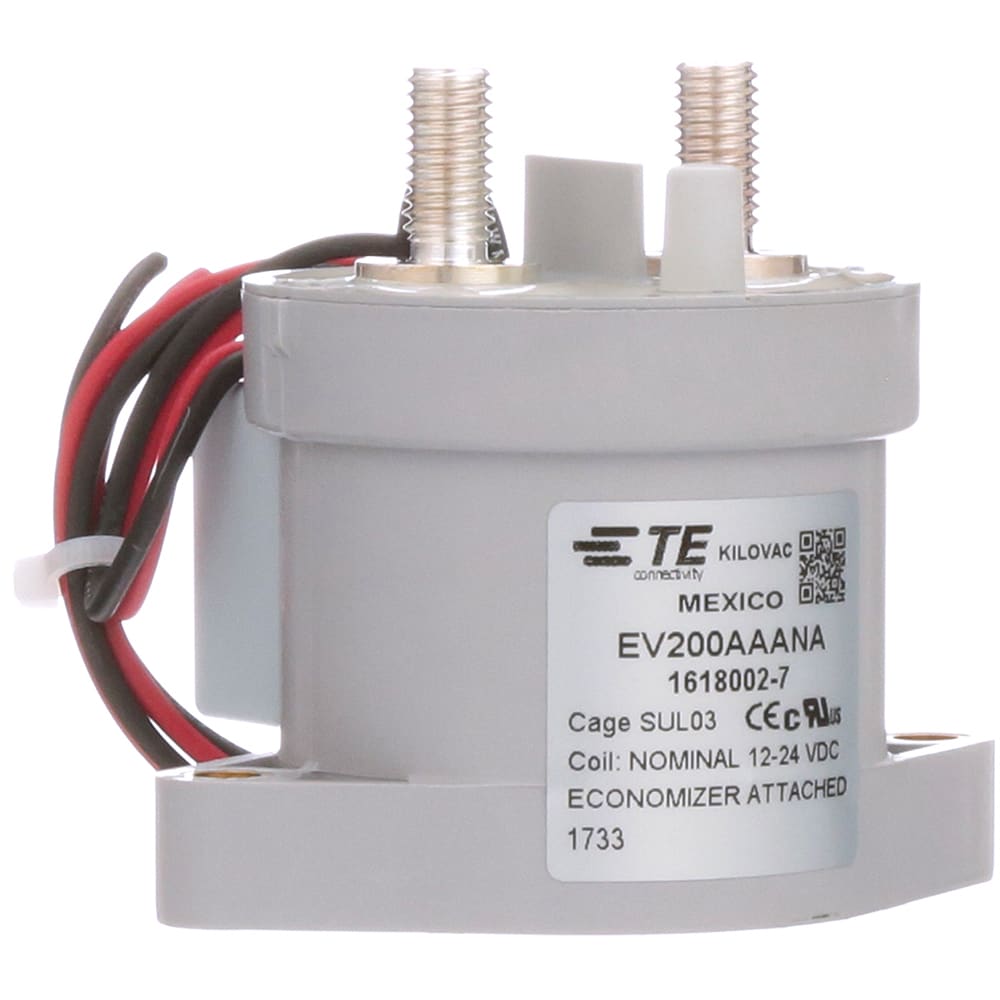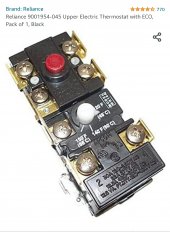wmgeorge
New Member
- Joined
- Apr 22, 2022
- Messages
- 224
A starter solenoid from a car or truck will work, they are meant to switch a 100 amps or so DC. I think one from a older Ford will work as they are not mounted on the starter. Use a resistor to drop the coil 24 volts to 12, trial and error and a ohm meter would help.





